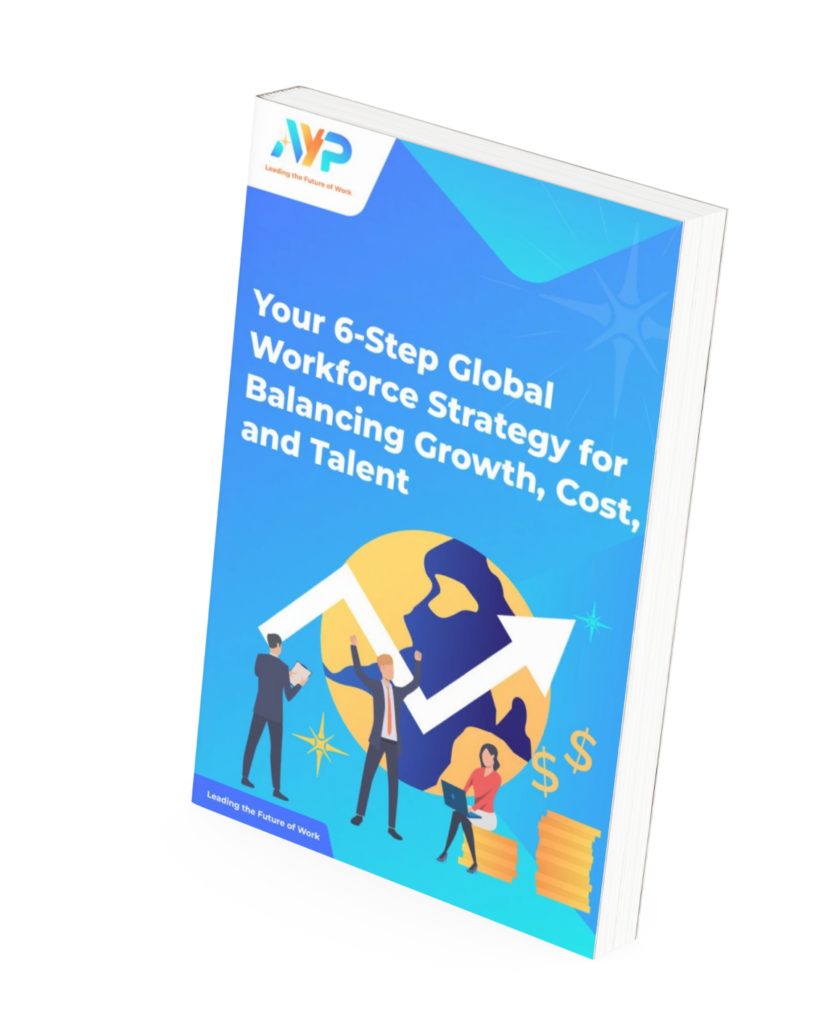Have do senior leaders in a company decide on with on human resource outcomes and operations? How do leaders uncover opportunities that need action? Today, AYP unpacks whether data analytics is truly necessary in helping companies achieve these outcomes.
“Decisions, decisions, decisions” the old adage goes. Unpacking the solution for good decision making is undoubtedly a tough endeavor. Often in business, making a poor decision comes with consequences that can impact an organisation in many ways.
While intuition is probably the go-to method for many managers when it comes to implementing meaningful changes, the question remains: is it enough?
According to a survey of more than 1,000 senior executives conducted by PwC, highly data-driven organizations are three times more likely to report significant improvements in decision-making compared to those who rely less on data. PwC reports companies that inject big data and analytics into their operations can outperform their peers by 5% in productivity and 6% in profitability.
The verdict is out. Data is necessary for better business outcomes.
How Does Data Analytics and AI Help Organisations with HR Outcomes?
“Know thyself, know thy enemy, a thousand battles, a thousand victories”, says Sun Tzu, the famed Chinese military strategist famous for the writing the world-renowned book “The Art of War”. The essence of this quote to many business leaders is this, do they know their organisations well enough to know what business decisions to make?
The use of data analytics can help companies better capture snapshots of their company and determine necessary HR outcomes and goals.
One good example is tech giant, Google, that relied heavily on data analytics and performance review data to determine best practices for its company engineers.
By mining performance review data for its people initiative, Project Oxygen, the company raised performance review scores by 5% and helped the company determine eight key behaviours of great Google managers.
Benefits of data-driven decision-making (DDDM)
Using data to make decisions can help organisations develop the following benefits:
1. Confidence
With data backing your corporate decisions, business leaders can rest in the comfort of telling a data backed story with confidence. Having concrete and logical data points instils confidence in a way gut instinct and intuition simply can’t.
This removes subjective elements from your business decisions and inspires confidence in yourself and your company as a whole.
2. Proactivity
By committing to become a data-driven organisation, companies develop skills in observing and detecting patterns that are instrumental in the discovery of business opportunities and threat identification.
This allows companies to anticipate problems before they happen, paving the way for more robust organisation.
3. Cost Savings
The prospect of lower business costs is certainly one of the main drawing factors for implementing a DDDM model. By implementing a DDDM model, up to 49 percent of companies surveyed report that they’ve seen a decrease in expenses organisation wide.
Begin your data analytics journey with AYP Global Pay
With AI & data-driven analytics that provides a complete dashboard of your organisation, AYP Global Pay provides you real-time information about your employees, finances and company productivity.
Our analytics help provides you with standardised formats of information that easily navigate global differences in work management.
Why struggle to gain an accurate and complete snapshot of your organisation? Start by using AYP Global Pay and allow us to help you:
- Hire & Employ Anyone
- Onboard & Work Anywhere
- Manage & Pay Anytime
To learn more about AYP Global Pay, fill-up the form below for a quick chat with our in-house HR expert.
Featured Content
1. Hiring 101: Building Engagement with Potential Employees


